Following technical issues and other factors, VGBootCamp founder, tournament organizer, and game mechanic enthusiast Calvin “GimR” Lofton had to postpone the reveal of a new technique he discovered, which he claimed would change the Super Smash Bros. Ultimate meta. Now, two days later, players finally got to see a full breakdown of the new tech: Slingshot.
Similar to wavedashing in Smash Melee, the Slingshot is a movement technique that combines multiple, smaller mechanics to create something more complete and technical, known as a bufferable input shortcut. In this case, it acts as a way to give every character in the game more options, better spacing, and utility that has the potential to open up just how creative players can be as it evolves.
As GimR explains it, the Slingshot is achieved by inputting two control stick movements in quick succession—Dash, Forward/Back, and then Downback or Upback. When done correctly, this will have your character dashing in a direction, but not dashing back
There are three main variations that GimR coined and explained in-depth during his initial presentation:
- Flickshot: An quick input that will take you through the air in the opposite direction at max airspeed for your character.
- Dash in one direction, and then flick your control stick to the bottom of the opposite direction to turn. Then hit jump.
- Because of the mechanics of the crouch, you will launch backward at max airspeed since you hit jump while your character was at max ground speed.
- You can also use this to full drift away at that max speed, or subtly drift back by motioning forward to space into another attack.
- Holdshot: A longer input that will take you through the air in the opposite direction before instantly putting you back in the action.
- Dash in one direction, and then hold your control stick to the bottom of the opposite direction to turn. Then hit jump.
- Because of the mechanics of the crouch, you will still launch backward at max airspeed since you hit jump while your character was at max ground speed. However, holding that opposite direction will give you the benefits of that speed and let you space out before diving back in with only a slight delay.
- This is great for avoiding certain moves, or pressuring a shield and getting out safely while retaliating.
- Fullshot: A longer input that will take you through the air in the opposite direction, with a slightly longer delay on the drift to get you moving back in the direction you are facing post-jump.
- Dash in one direction, and then hold your control stick to the bottom of the opposite direction to turn. Then hit jump. On the first airframe, rotate the control stick from downback to fullback.
- This functions in the exact same way as the Holdshot, but that last-second movement in the air will allow your character to get more of a boost forward.
- Depending on your character, you will likely need to rely on all three variants of this motion to hit certain angles.
When used correctly, the Slingshot can allow previously unsafe options for characters on Shield to become safe. For example, it allows Shieik to pressure Joker’s Shield and get away freely, instead of risking an out-of-Shield grab. This is especially important for characters with large, vulnerable hitboxes like Mewtwo, who now has less to worry about with its tail, since the Slingshot will have it instantly facing away from the enemy.
“There is a little bit of a barrier to entry, but because it’s so lenient and you have like seven frames because of the buffer window, once you get used to it, it’s not that bad,” GimR said. “It could very well, if people are willing to do it, create a skill gap, because you’ll have to learn this in order to compete because of all of the options it gives you now, especially when it comes to movement, air momentum, and stuff like that.”
As for community reactions, many top players have given positive responses based on their initial practice, with many already labbing the various angles, options, and mix-ups that the Slingshot enables with their own stable of characters.
For a full explanation of all three moves, along with visual cues, analysis of the buffer system, and examples of how specific characters and their moves will be impacted by each of the three Slingshot variations, you can watch GimR’s presentation in full on YouTube.


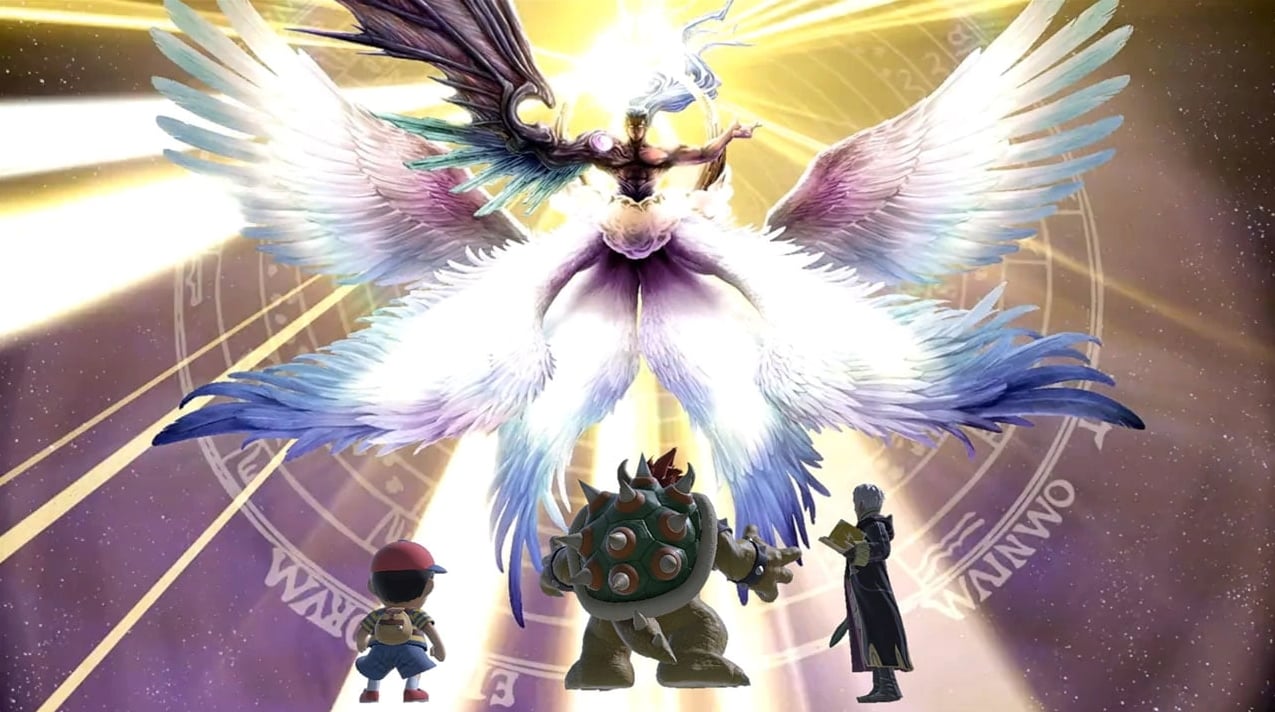
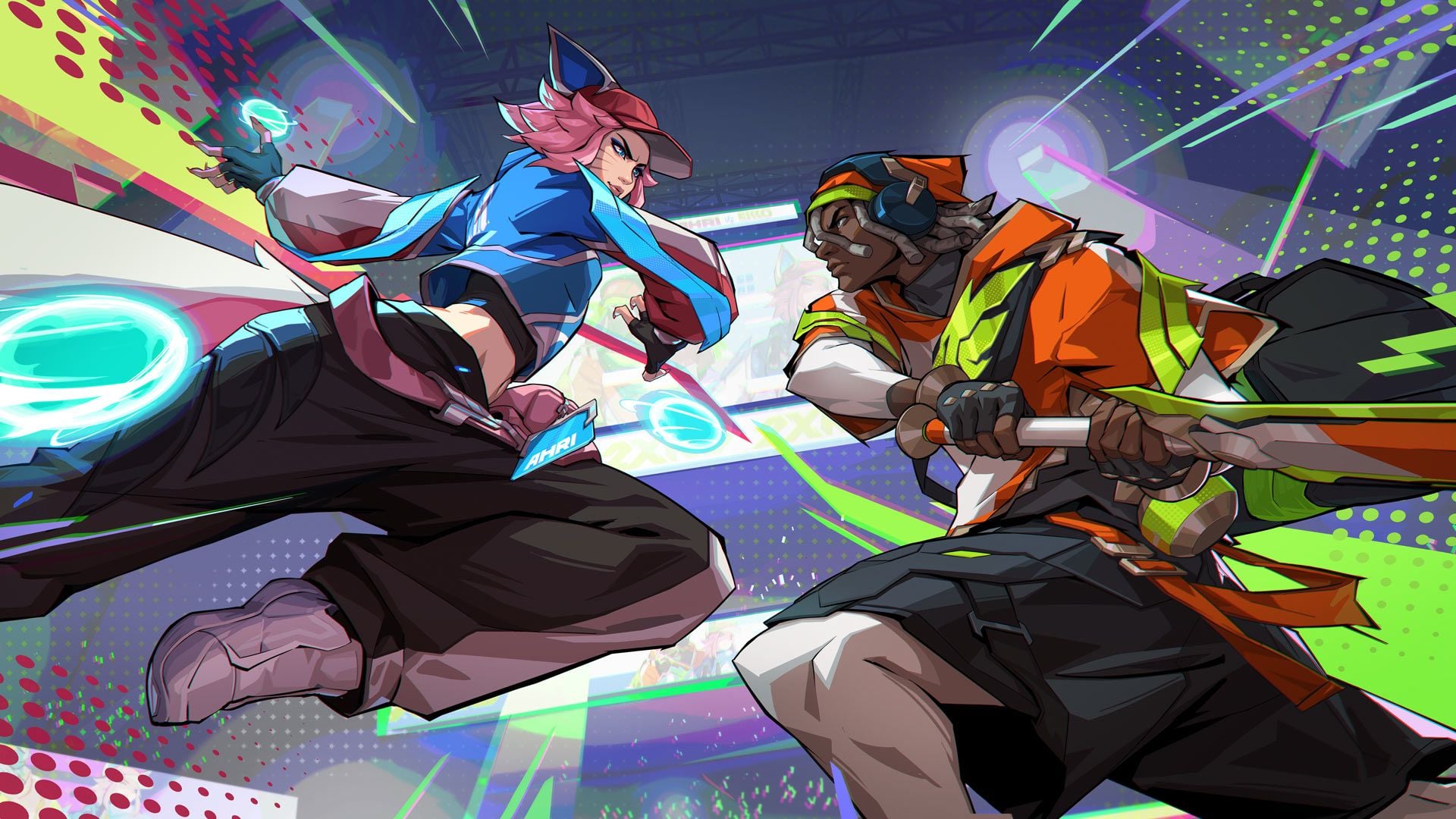
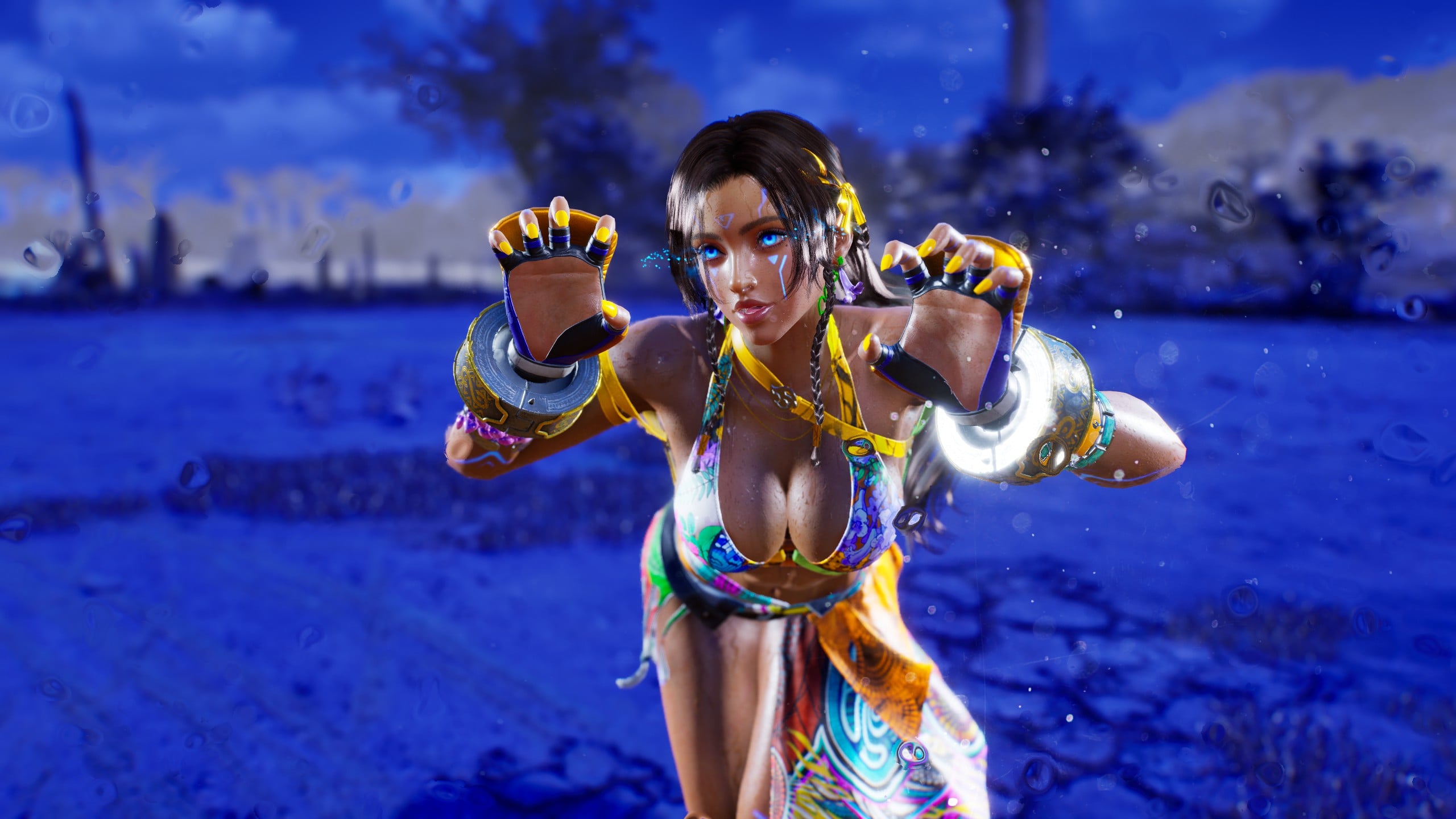

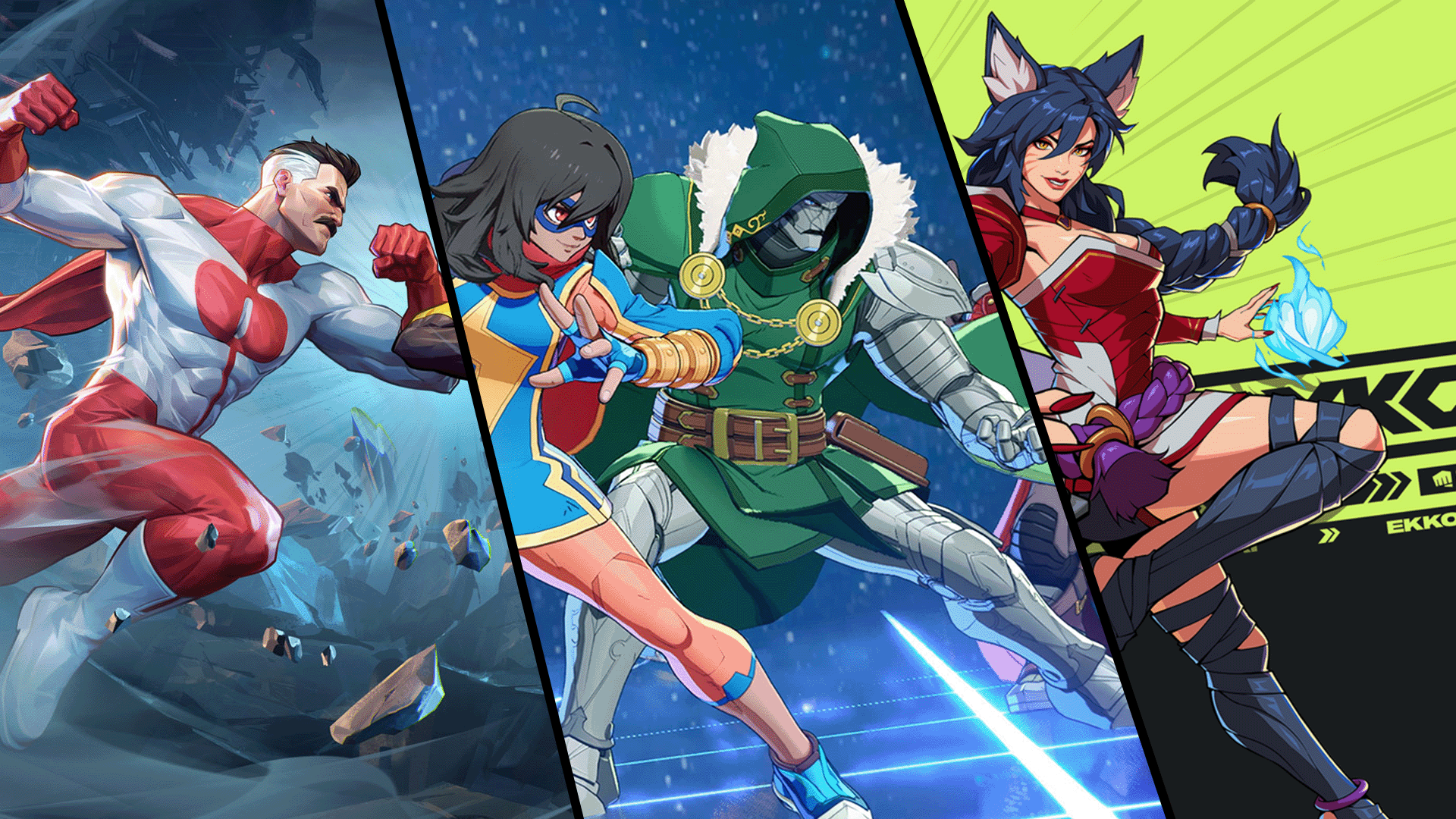
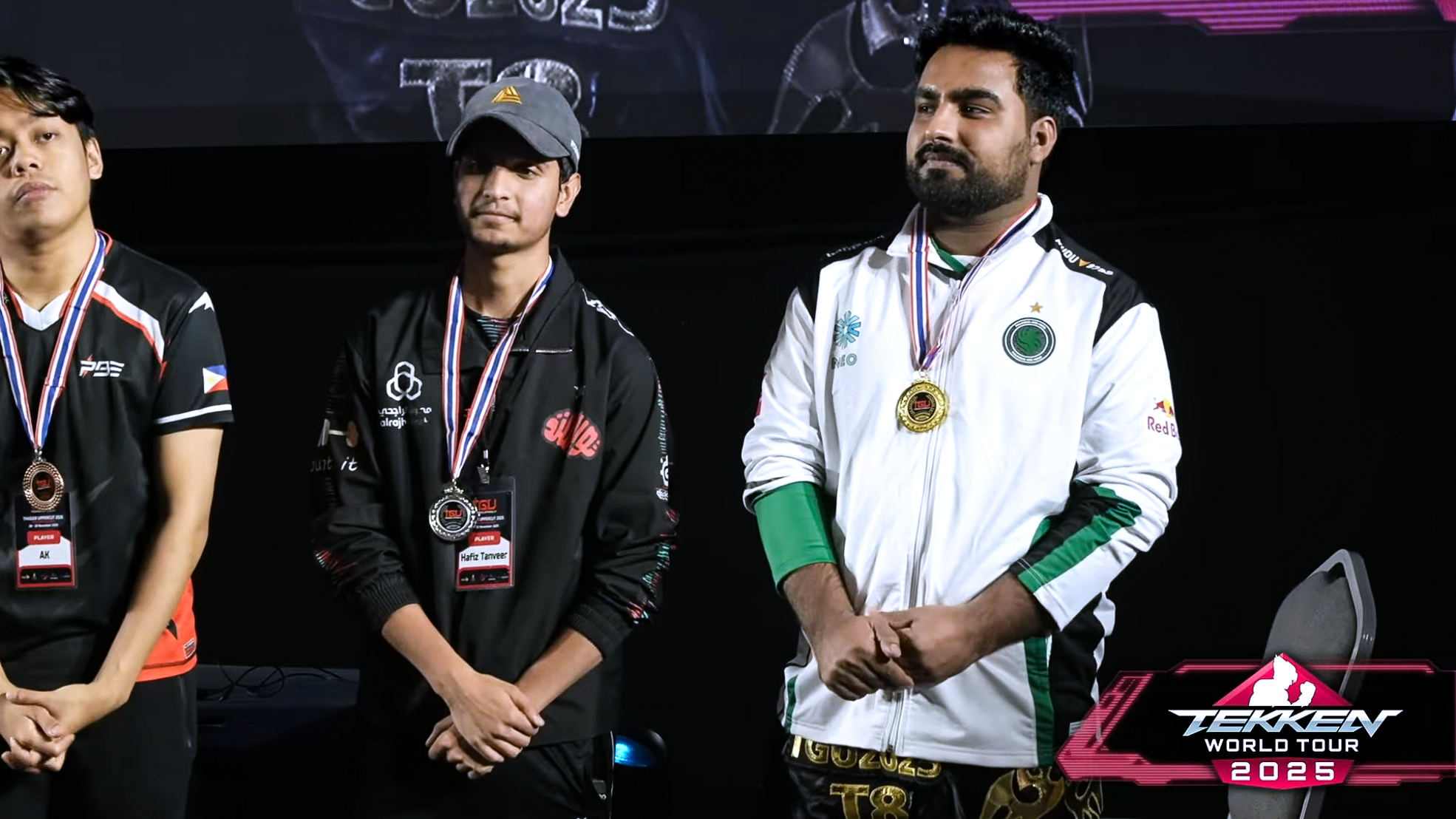
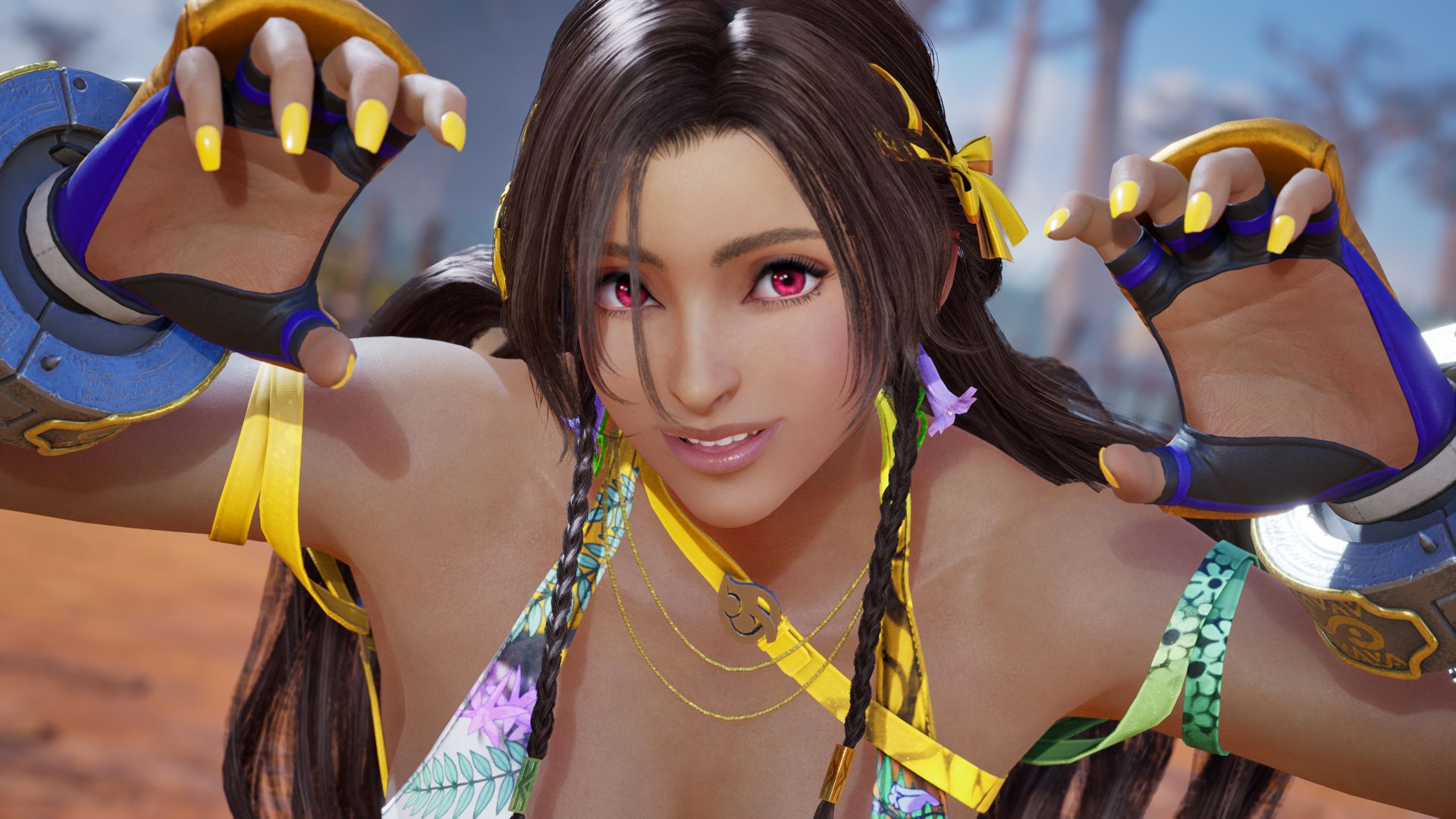
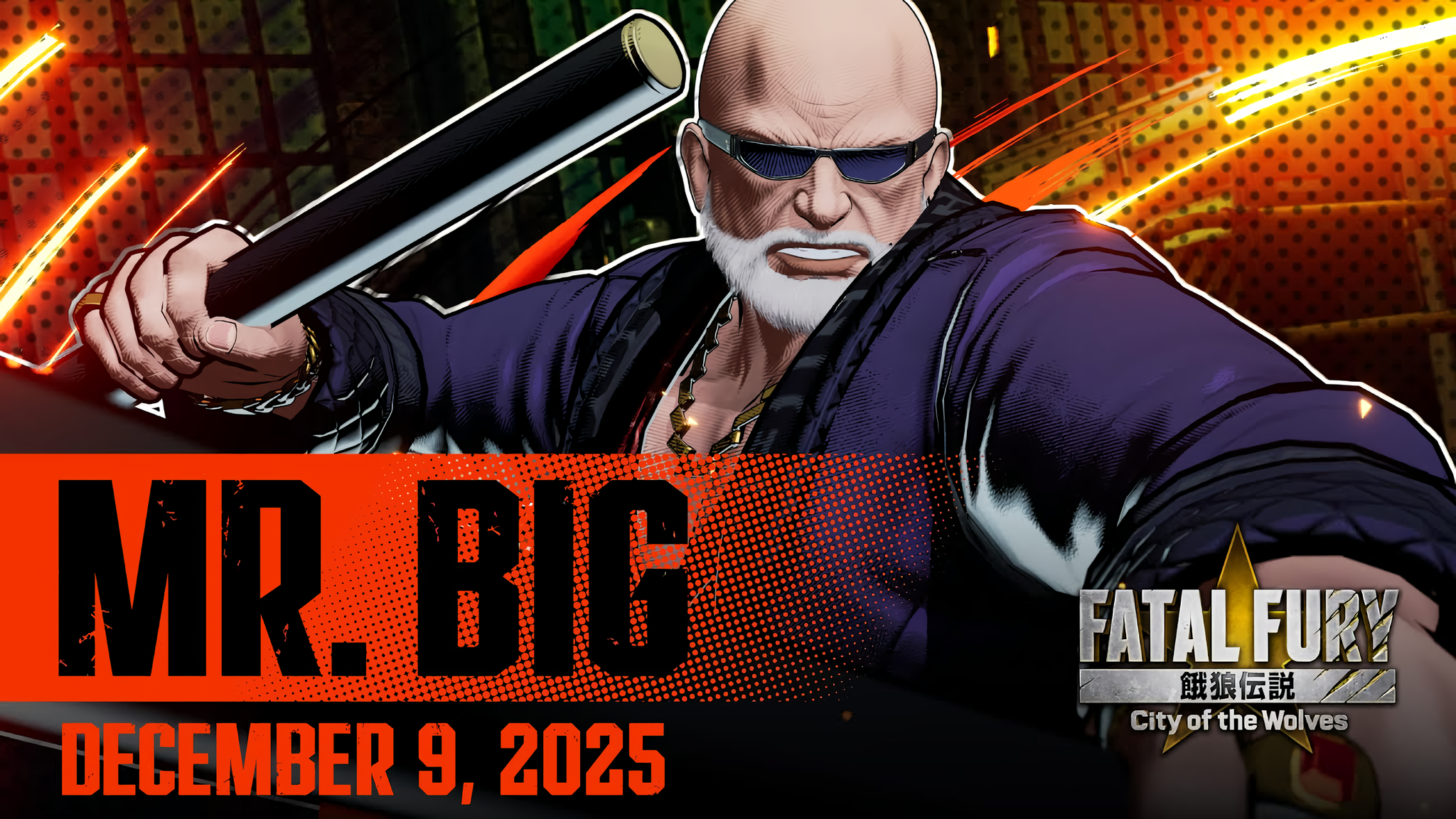
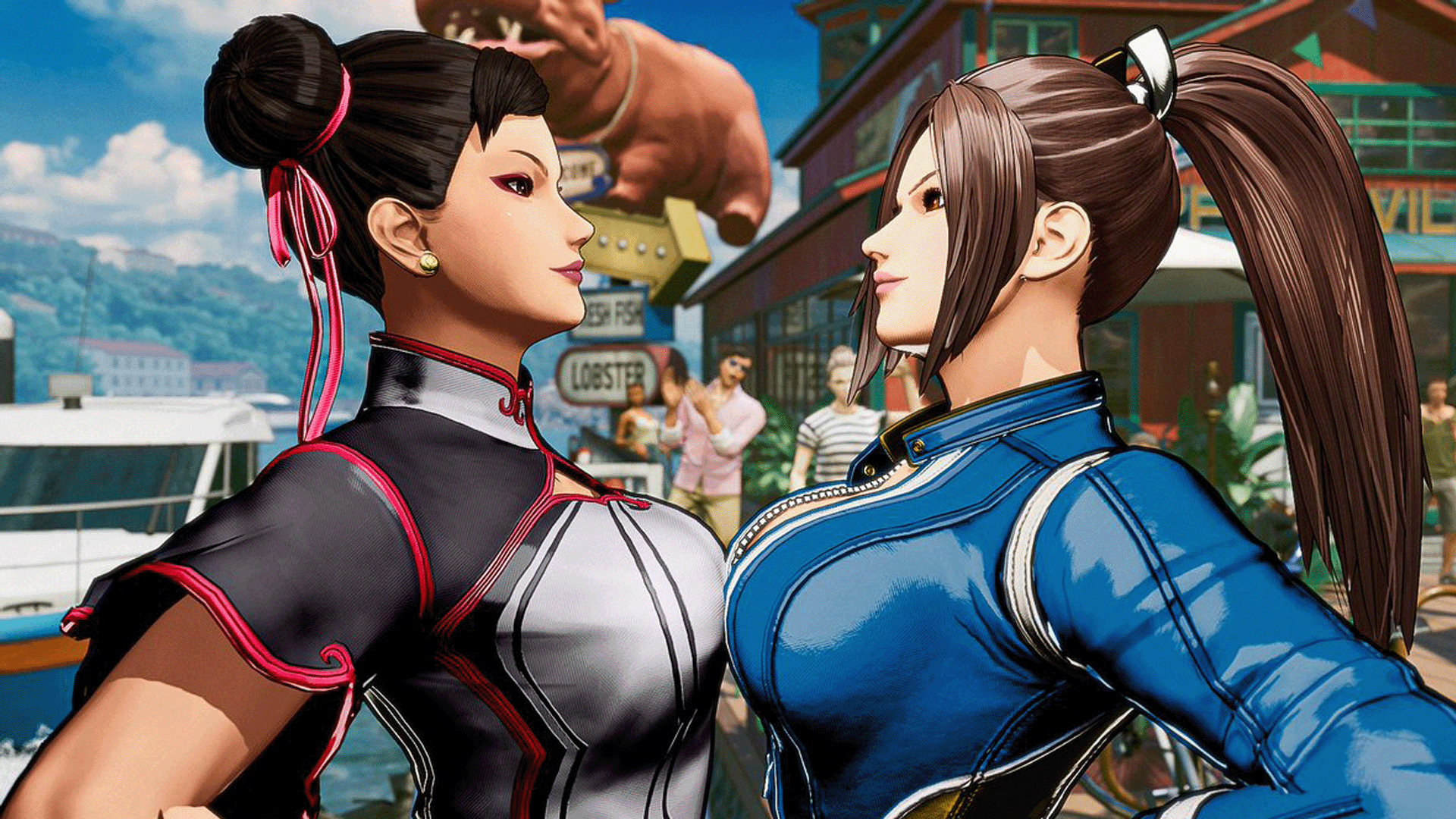
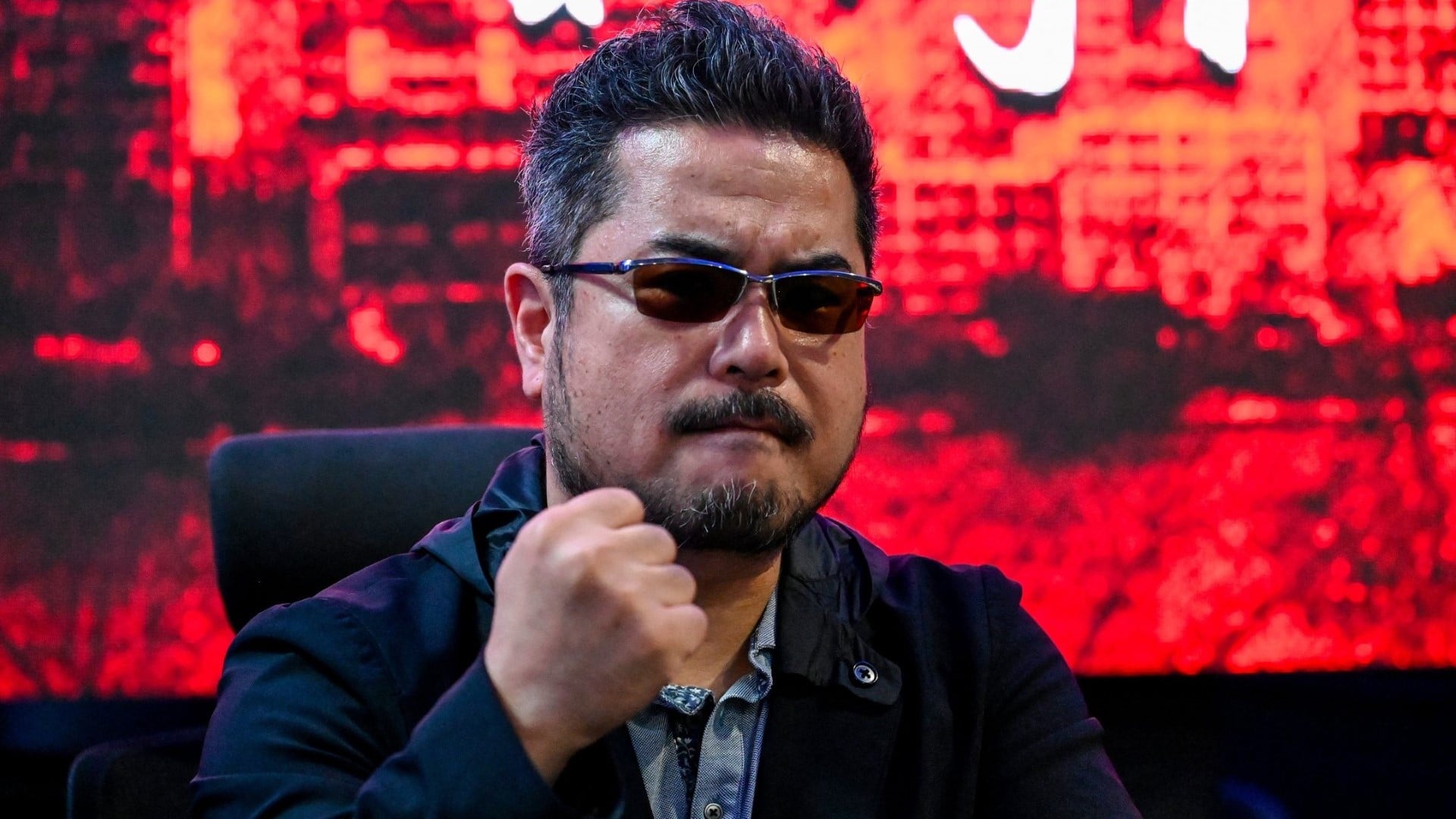

Published: May 6, 2022 07:15 pm